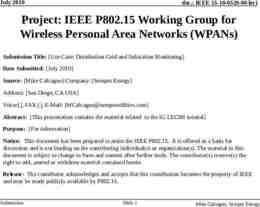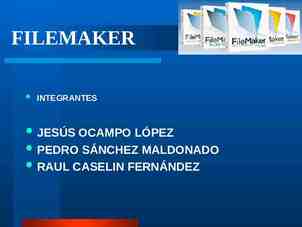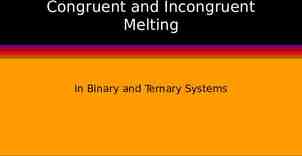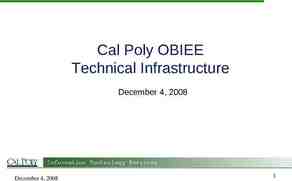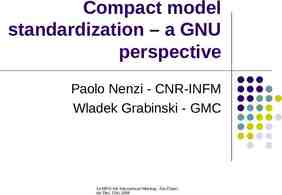CS 501: Software Engineering Fall 2000 Lecture 2 The Software Process
23 Slides75.50 KB

CS 501: Software Engineering Fall 2000 Lecture 2 The Software Process

Administration Web site Correct URL is: http://www.cs.cornell.edu/Courses/cs501/2000fa/ Project planning -- any questions? 2

Books Frederick P. Brooks, Jr. The Mythical Man Month. Addison-Wesley, 1972. Ian Sommerville, Software Engineering, 6th edition. Addison-Wesley, 2000. Grady Booch, James Rumbach, Ivar Jacobson, The Unified Modeling Language. Addison-Wesley 1999. 3 See the Readings page on the CS 501 Web Site

Software Process Fundamental Assumption: Good processes lead to good software Good processes reduce risk 4

Risk Management What can go wrong in a software project? How can the risk be reduced? 5

The Software Process (Simplified) Feasibility and Planning Requirements Design Implementation 6 Operation and Maintenance

The Waterfall Model Requirements Definition System and Software design Programming and Unit Testing Integration and System Testing 7 Operation and Maintenance

Requirements Analysis and Definition The system's services, constraints and goals are established by consultation with system users. They are then defined in a manner that is understandable by both users and development staff. This phase can be divided into: 8 Feasibility study (often carried out separately) Requirements analysis Requirements definition Requirements specification

System and Software Design System design: Partition the requirements to hardware or software systems. Establishes an overall system architecture Software design: Represent the software system functions in a form that can be transformed into one or more executable programs Unified Modeling Language (UML) 9

Programming and Unit Testing The software design is realized as a set of programs or program units. (Written specifically, acquired from elsewhere, or modified.) Individual components are tested against specifications. 10

Integration and System Testing The individual program units are: integrated and tested as a complete system tested against the requirements as specified delivered to the client 11

Operation and Maintenance Operation: The system is put into practical use. Maintenance: Errors and problems are identified and fixed. Evolution: The system evolves over time as requirements change, to add new functions or adapt the technical environment. Phase out: The system is withdrawn from service. 12

Discussion of the Waterfall Model Advantages: Process visibility Dependence on individuals Quality control Cost control Disadvantages: 13 Each stage in the process reveals new understanding of the previous stages, that requires the earlier stages to be revised.

Feedback in the Waterfall Model Requirements Definition System and Software design Programming and Unit Testing Integration and System Testing 14 Operation and Maintenance

Iterative Refinement (Evolutionary Development) Concept: Initial implementation for user comment, followed by refinement until system is complete. Vaporware: user interface mock-up Throw-away software components Dummy modules Rapid prototyping Successive refinement 15

Iterative Refinement 16 Evaluation Requirements Implementation (prototype) Design

Iterative Refinement Concurrent Activities Requirements Outline Description Design Implementation 17 Initial Version Intermediate Versions Final Version

Iterative Refinement & Software Process Concurrent Activities Outline Description Requirements Design Implementation 18 Final Version

Iterative Refinement When is iterative refinement appropriate? 19

Iterative Refinement Waterfall Model: Graphics for Basic Outline Description: Add vector graphics to Dartmouth Basic. Phase 1: Extend current language with a preprocessor and run-time support package. (1976/77) Phase 2: Write new compiler and run-time system incorporating graphics elements. (1978/80) 20

Iterative Refinement Waterfall Model: Graphics for Basic Design Issues: Pictorial subprograms: coordinate systems, window/viewport User specification of perspective Design Strategy: (Iterative Refinement) Write a series of prototypes with various proposed semantics Evaluate with a set of programming tasks 21

Iterative Refinement Waterfall Model: Graphics for Basic Phase 1: Implementation (Waterfall) When the final specification was agreed, the entire preprocessor and run-time support were recoded. The system was almost entirely bug-free. Phase 2: New compiler (Waterfall) Phase 1 was used as the requirements definition for the final version. 22

Observations about Software Processes Completed projects should look like the Waterfall Model but . the development process is always partly evolutionary. Risk is lowered by: Prototyping key components Dividing into phases Following a visible software process Making use of reusable components 23

